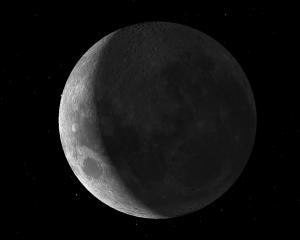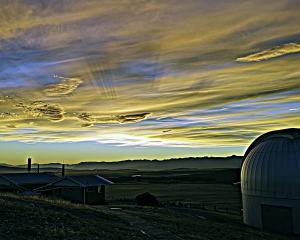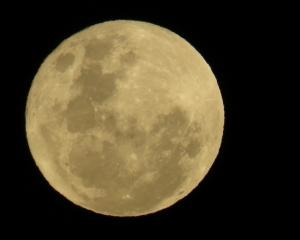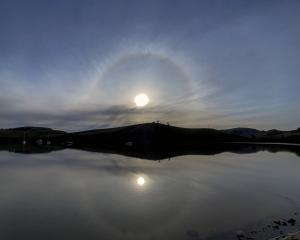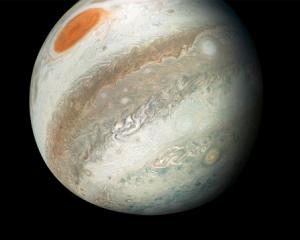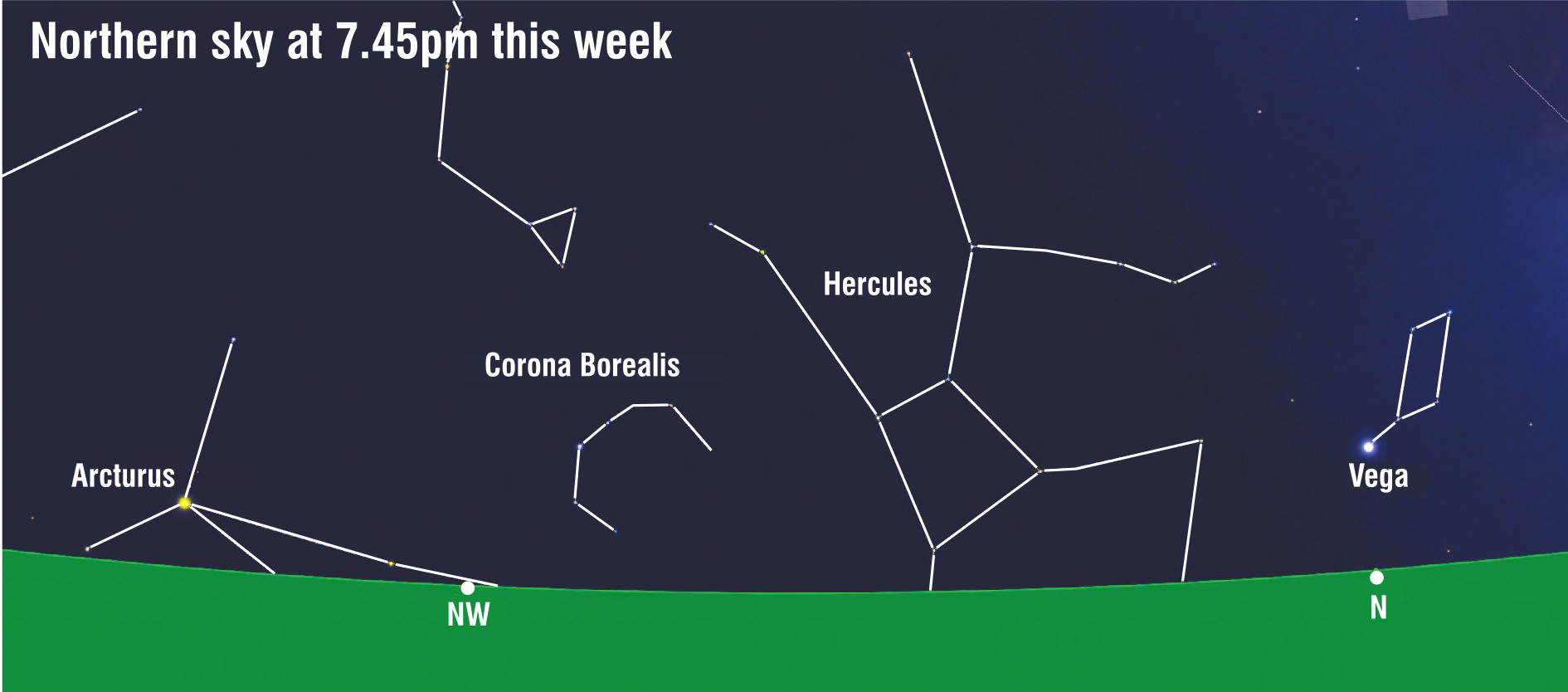
If the sky is clear, both should be easy to see. To improve your chance of success, you will need to find an observing site with an unobstructed view of a 90-degree arc from northwest to north. If you live in Dunedin, this could be a chance for a romantic sunset trip to the Mt Cargill lookout!
Our first star is Arcturus. It is in the constellation of Bootes, the Herdsman. Including the sun, Arcturus is the fifth brightest star in the sky. Since it sets just after 8pm, you will have to be out PDQ after sundown to catch a glimpse before it disappears. Look for a rapidly twinkling orange star very close to the northwestern horizon. Incidentally, stars twinkle because we are viewing them through the Earth’s turbulent atmosphere.
En-route to your eye, starlight passes through atmospheric clumps of different temperature, density and humidity. Each blob behaves like a lens, creating an image of the star. As the atmosphere moves, the number and position of these individual images changes. These multiple images make starlight appear to scintillate when viewed from the ground. Scientists call this atmospheric refraction. When stars are near the horizon, we observe them through a thicker atmospheric column, which means they tend to twinkle more when they are low. Arcturus usually looks orange-red to the unaided eye — do let me know what colours you see if you spot it this week.
Our second star is Vega in the constellation Lyra. Scan to the right of Arcturus, traversing the constellations of Corona Borealis and Hercules as you do so. Vega is due north and roughly five degrees above the horizon. Because Vega’s surface temperature is much hotter than Arcturus, it appears blue-white rather than orange-red.
- Ian Griffin





